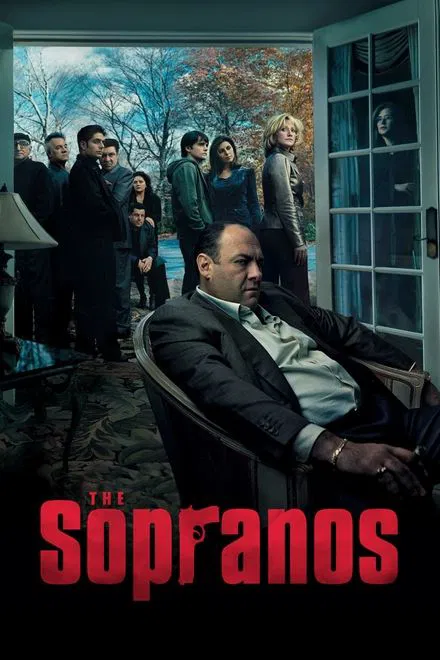
Created by: David Chase
Starring: James Gandolfini, Edie Falco, Jamie-Lynn Sigler, Robert Iler, Lorraine Bracco, Michael Imperioli
🍝 Introduction: “Don’t Stop Believin’” and the Cut to Black
The final moments of The Sopranos have become some of the most debated and analyzed in television history. As Tony Soprano (James Gandolfini) sits in a New Jersey diner, surrounded by family, the screen abruptly cuts to black. Was Tony killed? Was the scene a metaphor? Or did life simply go on, as ambiguous and unresolved as ever? The series finale, aired in 2007, has inspired a proliferation of fan theories, essays, and even academic papers. In this post, we break down the most prominent theories and what they reveal about the show's legacy.
🚪 Theory One: Tony Soprano Was Killed
Many fans believe that the sudden cut to black signifies Tony’s death. This theory draws on several clues planted throughout the series. In earlier episodes, Tony’s associates describe how, in the mob, “you never hear it coming”—death arrives suddenly and without warning. The suspicious behavior of patrons in the diner, especially the man who walks toward the bathroom just before the blackout, is reminiscent of classic gangster film references, such as The Godfather. David Chase’s direction heightens the tension, focusing on Tony’s point of view as the bell over the door rings and his attention shifts. The final silence is interpreted as the end of Tony’s consciousness, experienced as a blackout.
🔄 Theory Two: Ambiguity as the Answer
Others argue that the cut to black is not about Tony’s death, but about unresolved tension and perpetual uncertainty. David Chase has stated in interviews that he wanted viewers to “come up with their own ideas,” and that life for someone like Tony Soprano is always lived on the edge. The abrupt ending is not a death scene, but an artistic statement—life goes on, but the threat is always present. The use of Journey’s “Don’t Stop Believin’” is ironic, suggesting both hope and futility. This reading celebrates the show’s complexity and its refusal to give viewers neat closure.
🔍 Theory Three: The Scene as a Mirror
Another popular theory holds that the finale’s ambiguity is meant to force viewers to experience Tony’s world. The meticulous editing, the repetitive ringing of the diner door, and the focus on ordinary people all suggest that, in Tony’s life, danger can emerge from any direction at any time. The blackout is not necessarily death, but the permanent possibility of death. In this sense, the ending becomes a mirror for viewers’ anxieties, as we are forced to imagine what comes next, just as Tony must every day.
📺 The Legacy of the Cut to Black
What makes the finale so enduring is its openness to interpretation. Rather than offering a definitive resolution, Chase crafted an ending that compels endless debate. This is, perhaps, the ultimate tribute to a show built on moral complexity, shifting alliances, and characters who resist simple judgments. The ambiguity itself is a statement about storytelling: sometimes, the best answer is that there is no answer.
🎯 Final Thoughts: A Masterpiece of Uncertainty
The Sopranos remains a landmark in television history, in part because it trusts its audience to grapple with the unknown. Whether Tony lived or died, the real ending is the ongoing conversation, the passionate analysis, and the recognition that, in fiction as in life, there are no easy answers—only the endless ring of the diner door and the darkness that follows.